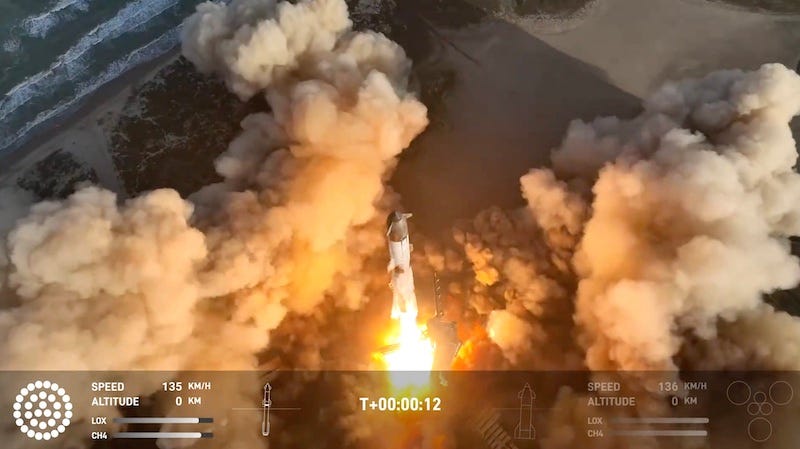FAA Approves SpaceX Starship Vehicle Return to Flight
Will be First Flight Using a Previously-Flown Super Heavy Booster
After conducting a comprehensive safety review of the SpaceX Starship Flight 8 mishap, the FAA has determined that the company has satisfactorily addressed the causes of the mishap, and therefore, the Starship vehicle can return to flight. The FAA will verify SpaceX implements all corrective actions.
The FAA’s determination of when a vehicle involved in …
Keep reading with a 7-day free trial
Subscribe to The Journal of Space Commerce to keep reading this post and get 7 days of free access to the full post archives.



